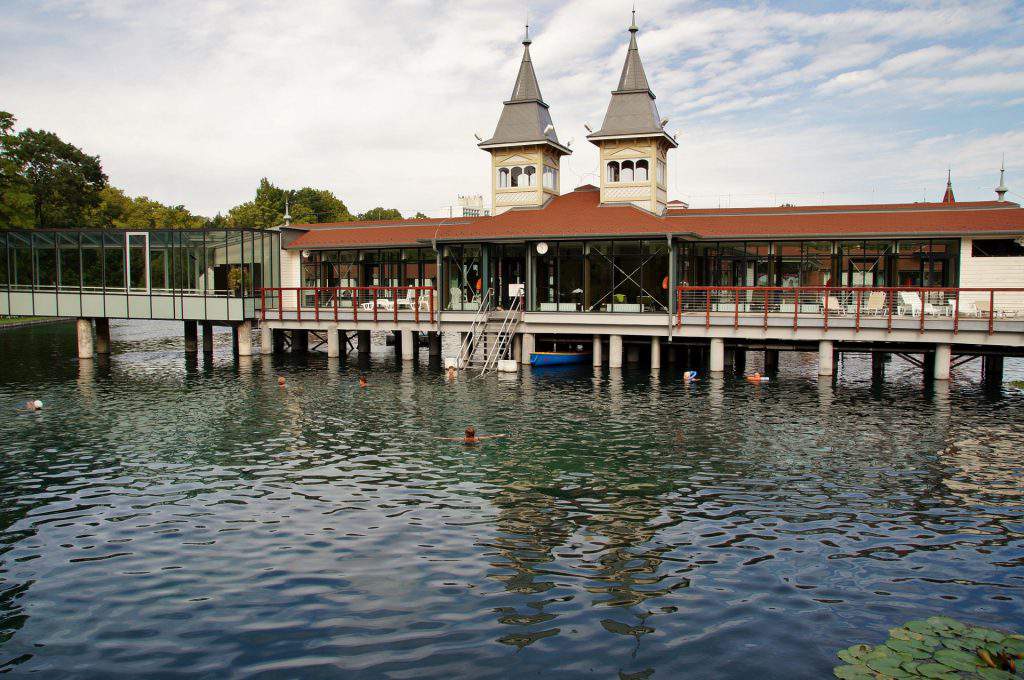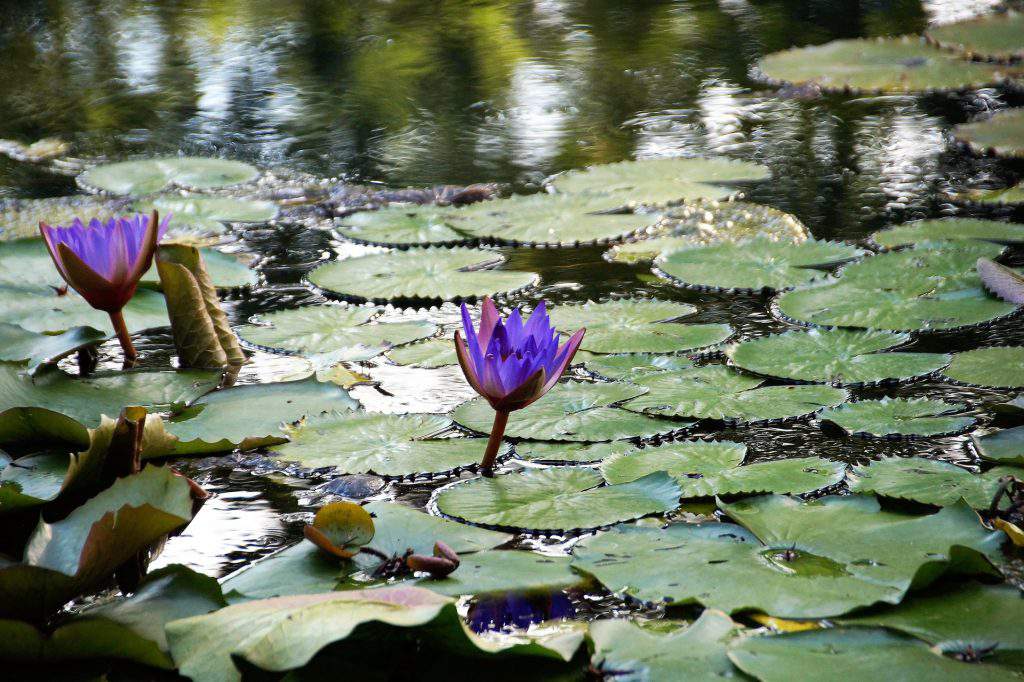Did you know? The world’s greatest biologically active thermal water is in Hungary

The world’s greatest biologically active thermal still water can be found in Hungary. There is no other lake like this on the whole planet. This formation is considered to be one of a kind in the world. You can be certain that it is not lying fallow. The traditional Hévíz health spa built on the European continent’s most extensive warm water lake is a true ’Hungaricum’.
To read the original article on Origo.hu, you can click this link.
The memento of furious volcanoes long past
The warm water lake takes up approximately 150 acres with a water surface of 47,500 m2 and it is one of the highly protected natural heritages of Hungary. With this size, it is no wonder why lake Hévíz is Europe’s largest thermal water mass. Besides, it is also Hungary’s oldest health spa.
Several archaeological findings serve as an evidence that people from the Roman Empire about 2,000 years ago have already used this place because of its healing capabilities.
Although there is a slightly similar thermal water lake in New Zealand, the Echo crater-lake. The only difference is that the temperature of the water of the 9.4-acre New Zeeland lake is 50-55 degrees Celsius. This makes it unsuitable for bathing and therapy applications.
Lake Hévíz came into existence approximately 20-22 thousand years ago, probably at the same time as Lake Balaton, at the exact place where it is located today.
If you are interested in history, you can read our article about Budapest’s historical baths.
They recognised the water’s healing capabilities in the Middle Ages
The first Hungarian source about this unique place is originating from the Anjou-era.
The first iteration of the lake as a health establishment came from the landowner of the region, Count György Festetics, who in 1795 employed engineers to excavate the lake and the erected a bathhouse on the shore of the lake.
Although some larger constructions started in the 19th century, the true development of the lake was initiated in the start of the 20th century when hotels, beaches and child baths have been built along with more and more private holiday houses.
Using the unique healing capabilities of the thermal water, a hospital has been built in the site and the traditional therapeutics implemented here have become a ’Hungaricum’ since.
Radioactive peat, microclimate, and other odds and ends
The lake is sustained by several hot springs, which come from the 38 m deep cave under the lake, where the minerals are dissolved into the water. The perfect 38,5 degrees Celsius water is the result of the mixing of the above-mentioned hot water springs and the much colder karst waters. Therefore, the temperature of the water is even throughout the entire lake.
Among the minerals in the water, such as sulfur, calcium, magnesium, the water is also rich in dissolved gaseous substances like carbon dioxide and hydrogen-carbonites.
In colder weather, the steam builds up into a dense vapour cloud above the lake. This, along with the vegetation on the surface of the water and the nearby forest encompassing the lake prevents the water from cooling down, creating a unique microclimate in the surrounding area.
This is probably for the more experienced and enthusiastic readers, but you can try yourself out in our quiz about Hungary’s historical baths.
Source: origo.hu







